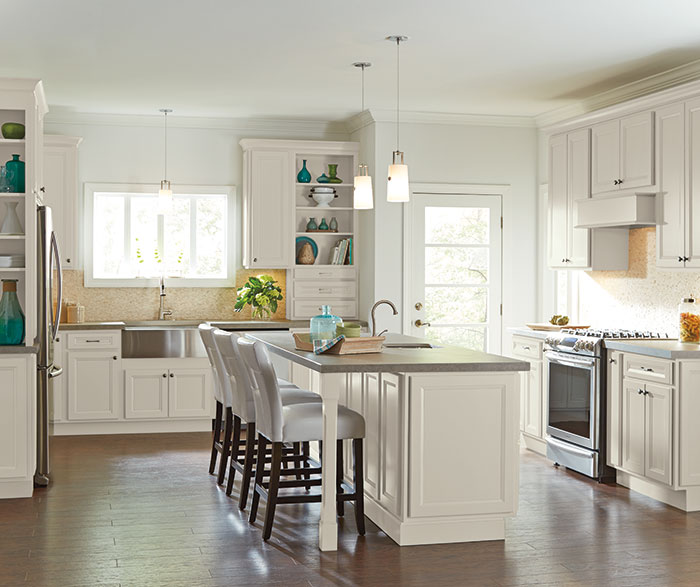A Comprehensive Guide to Picking the Right Kitchen Island Leg
A Comprehensive Guide to Picking the Right Kitchen Island Leg
Blog Article
The Relevance of a Sturdy Kitchen Area Island Leg in Developing a Useful Food Preparation Area
A strong cooking area island leg serves as a basic component in developing a useful food preparation atmosphere, giving essential assistance for both the kitchen counter and various cooking area tasks. As cooking areas progress right into multifunctional areas for cooking, eating, and interacting socially, the selection of materials and design considerations for island legs becomes significantly essential.
Benefits of Sturdy Island Legs
Giving important assistance, sturdy cooking area island legs play a pivotal duty in improving the capability and durability of kitchen islands - kitchen island leg. These legs not only bear the weight of the kitchen counter and any type of extra products placed on the island, but additionally add to the overall security of the structure. A well-supported kitchen island makes sure that it remains functional and upright, also under hefty usage, which is especially important in active kitchen area environments
Moreover, strong island legs can improve the aesthetic appeal of the kitchen. They supply a solid structure that can complement different layout styles, from modern-day to standard. This versatility allows home owners to tailor their kitchen islands according to individual preference while ensuring that the architectural stability continues to be uncompromised.
In enhancement to their supportive role, robust kitchen area island legs can likewise boost safety. A stable island decreases the danger of mishaps triggered by wobbling or tipping, which is specifically crucial in families with youngsters or elderly individuals. Strong legs can facilitate a smooth flow of tasks, enabling for efficient meal preparation and social interactions within the cooking area area. Ultimately, purchasing sturdy cooking area island legs is essential for a functional and visually pleasing cooking area.
Materials for Kitchen Area Island Legs
When picking materials for kitchen area island legs, durability and aesthetic charm are crucial variables to consider. One of the most common products include wood, metal, and engineered timber, each offering special advantages.
Hardwood, such as cherry, oak, or maple, is a traditional option as a result of its stamina and ageless elegance (kitchen island leg). It can withstand substantial weight and is resistant to wear, making it perfect for high-use kitchen area settings. Additionally, wood can be discolored or repainted to enhance various kitchen area designs
Metal legs, often crafted from stainless-steel or functioned iron, offer a industrial and modern-day look. They are extremely strong and can support considerable loads while being immune to moisture and warmth, which is helpful in a cooking area. Metal legs can additionally be easily cleansed, enhancing their practicality.

Design Considerations for Security
The selection of products for kitchen area island legs straight influences the layout considerations for stability. When making a kitchen area island, it is extremely important to assess the weight-bearing capability of the picked products. Larger materials, such as strong timber or metal, typically provide higher stability, particularly under the stress of daily use.
Furthermore, the leg design need to incorporate proper geometry to improve stability. A wider base raises the assistance area, lessening the danger of tipping or wobbling. Consideration needs to also be given to the elevation of the legs; disproportionate you can try these out leg sizes can cause imbalance, jeopardizing the general security of the island.
In addition, the circulation of weight across the island is important. Making sure that the leg placement lines up with the heaviest parts, such as countertops and appliances, will certainly further enhance security.
Upkeep Tips for Durability

Depending on the material of the legs-- whether timber, metal, or composite-- appropriate cleansing techniques ought to be utilized. Metal legs might call for a light polish to protect against corrosion and maintain their radiance.
In addition, tightening up bolts and screws consistently can ensure security and protect against wobbling. Take into consideration look what i found enhancing the legs with extra braces or sustains to boost resilience if the kitchen area island experiences hefty usage. Using a protective surface or sealer can secure versus wetness and discolorations, extending the life-span of the legs. By following these maintenance suggestions, house owners can ensure their kitchen area island legs remain durable and useful for years to find.
Selecting the Right Leg Style
Regular maintenance guarantees that cooking area island legs remain practical and sturdy, but selecting the appropriate leg style is equally important for both appearances and support. The option of leg style can dramatically influence the general layout and harmony of your kitchen area.

Performance is one more crucial facet. Thicker legs or those with a durable base can support heavier kitchen counters and devices, improving the island's energy. Alternatively, slender legs might produce an airy appearance, suitable for lighter styles but possibly much less encouraging.
Final Thought
In summary, the value of strong kitchen area island legs can not be overemphasized in the development of a useful cooking location. These legs offer vital support, improve stability, and add to the overall aesthetic of the cooking area.
A tough kitchen area company website island leg offers as an essential element in developing a functional cooking atmosphere, supplying essential support for both the countertop and numerous kitchen area activities.Supplying crucial support, sturdy kitchen area island legs play a critical function in boosting the functionality and sturdiness of cooking area islands. Ultimately, spending in tough kitchen island legs is necessary for a useful and visually pleasing cooking area.
Factor to consider must additionally be offered to the height of the legs; out of proportion leg lengths can lead to discrepancy, jeopardizing the overall security of the island.
Wooden legs provide heat and a classic appearance, while metal legs use a modern and industrial feel.
Report this page